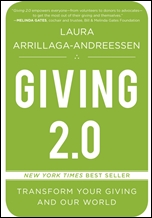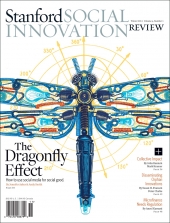Posted by Eileen Ellsworth
This is the third post reviewing the book “Giving 2.0” by Laura Arrillaga-Andreessen (Great Giving LLC, 2012)
Laura Arrillaga-Andreessen, the author of “Giving 2.0: Transform Your Giving and Our World,” encourages charitable giving through donor advised funds and thoughtfully describes the advantages of using your local Community Foundation for this purpose. For example: Continue reading




